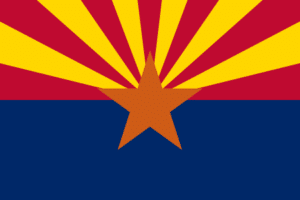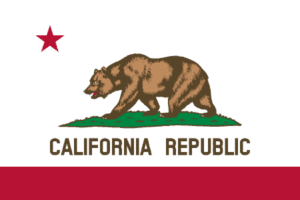Western Towns Tackle Water Supply Issues
- NPG
- November 1, 2021
- NPG Commentary
- 0 Comments
November 2, 2021
Western Towns Tackle Water Supply Issues
Will Stopping Developers Be Enough to Keep Water Flowing?
In the west, water scarcity combined with weather conditions and population growth has pushed local leaders to work within their scope to support their communities. One example, seen locally in five of the nation’s fastest-growing states, is the prohibition of new development. An article published by PEW, titled Drought-Stricken Western Towns Say No to Developers, details the actions of various leaders in each state. Below are the highlighted quotes from officials in each state sharing statements on water conservation. Also included are the total population and the change in population numbers for each state since 2010.
Total population: 3,271,616
Change in population from 2010 to 2020: + 507,731
Director of the Utah Division of Water Resources, Candice Owens – cautions those who contend that new wells and pipes will fix local water management concerns, noting that “there’s been an assumption that water will always be there, and we can grow however we want, but if we don’t get water-wise, it could limit our ability to grow in the future.” Owens goes on to say: “Can we continue to use water like we do today as long as we diversify our supplies? The answer is no.”
Total population: 5,773,714
Change in population from 2010 to 2020: + 744,518
A technical specialist with the Colorado Water Conservation Board also touched on current water usage across the state, saying: “We’ve got to be cutting that demand-side a lot harder than we have been. If you can reuse some of your supply over and over again multiple times, then that’s taking one gallon of water and stretching it four or five times longer.”
NPG note: Reusing water four to five times may not be a realistic goal for most.
Total population: 29,145,505
Change in population from 2010 to 2020: + 3,999,944
Director of water supply planning at the Texas Water Development Board, Temple McKinnon, believes the state’s 50-year plan, which includes demand reduction, better efficiencies and, reuse options will enable Texas to weather future outcomes.
Chair of Gulf Strategies at Texas A&M-Corpus Christi’s Harte Research Institute counters the rose-colored future painted by McKinnon, saying: “As we take water away for agriculture or growth or industry, they can’t support the fish and wildlife as they once did. We’ve pushed it right up to the limits. Our people and our leaders are not used to having limits, but the water limit is upon us…There will be a point at which we cannot sustain the growth we’re seeing now and climate change is stepping on the accelerator.”
Total population: 7,151,502
Change in population from 2010 to 2020: + 759,485
Arizona stands out on this list because of its Groundwater Management Act of 1980. The act requires proof of assured water supply (for 100 years!) for development in certain AZ regions. Pinal County Supervisor Steve Miller noted: “They’ve been going along issuing these certificates and then one day decided to reconcile the checkbook. They went, ‘Whoa, the demand is higher than availability,’ and they’ve put on the brakes.” While officials will not cancel the issued certificates, they have stopped issuing more. Miller estimates developers “already have procured enough to keep building for another 8-10 years.”
Total population: 39,538,223
Change in population from 2010 to 2020: + 2,284,267
Emma Detwiler, communications manager for the Marin Municipal Water District, discussed what needed to happen to maintain their local water supply, sharing: “If growth continues and climate change continues to limit supplies, we need to reduce the amount of water that is demanded by the population. We have to diversify your water supply portfolio and make these demand reductions. It’s not an either-or proposition.”
As each state works to think critically about local water supplies – those of us at home, whether in these states or others – can take small actions such as reducing the amount of water used for a task and reusing water for other needs. NPG believes every able person can contribute to the well-being of our environment and future. Taking a moment to thoughtfully consider water use is one of many ways to contribute to our communities positively. Ultimately, though, we know this will end with only one possible solution: we must begin to slow, halt, and eventually reverse population growth in order to protect our nation and the rest of the world from further environmental damage.
To read more on population issues, please see NPG’s Forum paper series, notably:
Don’t Call It a Crisis: The Natural Explanation Behind Collapsing Birth Rates, by Nathanial Gronewold
Will Affluence Ruin the Environment, by Edwin S. Rubenstein
What Gives Overpopulation Its Legs?, by Dr. Karen Shragg
Help us continue to release information such as this by making a donation today!
| [WD_Button id=18412] |





